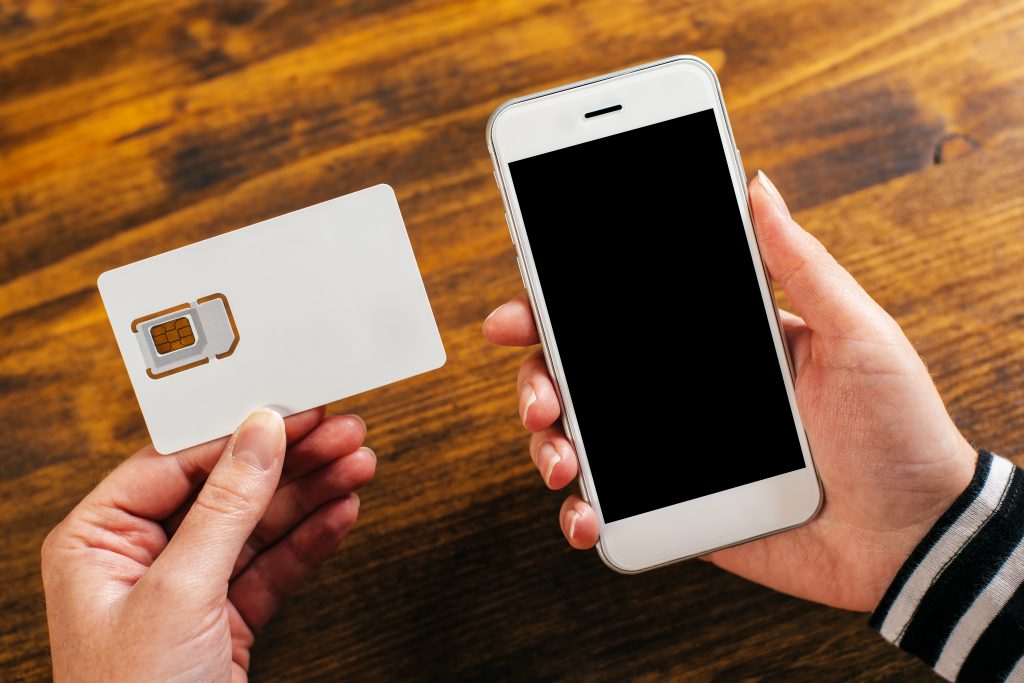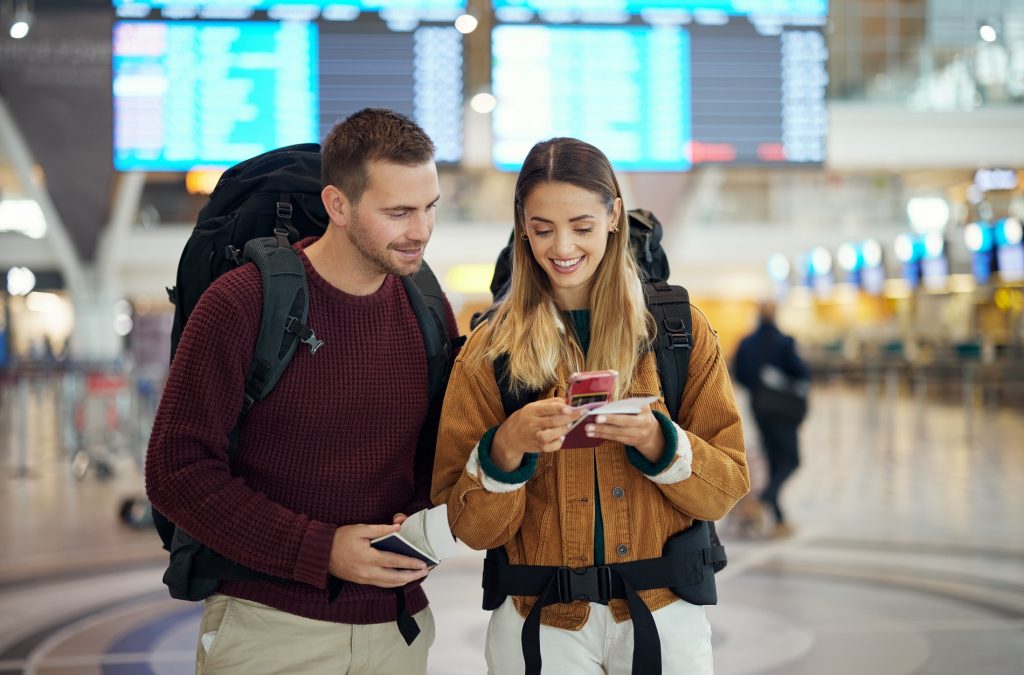You’ve likely experienced that all-too-familiar “airport mad dash.” The one where you’re hustling past the check-in station as the minutes count down until the final boarding call. When you’re in a rush, one variable that can make the difference between arriving with enough time for a cup of coffee or arriving breathless and sweaty—the TSA line.
But what if you could avoid the madness of airport security lines? Enter TSA PreCheck. This option streamlines your check-in and interactions with security, potentially shaving hours off of your airport ordeal.
How can you leverage this for your travels this year?
Let’s dive into how TSA PreCheck works and why it’s worth every penny. We’ll also look at common pitfalls to avoid, how to maximize TSA PreCheck benefits, and ways to navigate through security with ease, reducing your travel stress.
What is TSA PreCheck?
TSA PreCheck is a paid screening program offered by the Transportation Security Administration.1 Its primary goals are to get you through security faster, while keeping planes and airports even more secure. It accomplishes this by conducting risk assessments before you even get to the airport.
The TSA works with law enforcement across the country to screen applicants. They’re looking at criminal records, citizenship history, and other information. Then, any applicants deemed the lowest security risk are accepted into the program.
Around 90 international and domestic airlines currently follow the TSA PreCheck program, and over 200 airports implement it. If you’re a member of TSA PreCheck, you can use specially designated lanes when going through security. In these lanes, you:
- Don’t have to take your laptop or electronics out
- Keep your shoes, belts, and jackets on
- Don’t have to remove your 3-1-1 compliant bag (i.e., bags with carry-on safe liquids)
Note that TSA still hosts unpredictable and randomized security measures and checks throughout the airport. You may still get held up at security even if you’re registered for TSA PreCheck.
TSA PreCheck Eligibility
TSA PreCheck member benefits are not available to everyone. Those with access to TSA PreCheck include:
- U.S. citizens or lawful permanent residents enrolled in TSA PreCheck
- U.S. citizens and lawful permanent residents in SENTRI
- U.S. citizens, permanent residents, and Canadian citizens in NEXUS
- 12-year-old passengers or younger traveling with an eligible member
- Passengers selected via Secure Flight system requirements while traveling
- U.S. Armed Forces members
- Midshipmen and cadets of Armed Forces academies
You can use TSA PreCheck screening lanes if you fall into the above categories, whether you’re flying domestically, outbound internationally, or catching connecting flights in the U.S. when flying in from overseas.
The Application Process
You can apply to join the TSA PreCheck program through its website, though you’ll need to finish the enrollment process at one of the participating airports.
The application fee is $85, but it lasts 5 years, totaling to just $17 per year. As far as membership fees versus benefits go, it’s considered such a great deal.
Anyone can apply, but as noted above, only people deemed to be at the lowest level of security risk will actually get accepted into the program.
What to Expect at the Security Line
To understand why TSA PreCheck is such a benefit, it’s important to breakdown how security lines at the airport work and what to expect out of them.
Lines for security checkpoints are often backed up and crowded. Airports are almost always bustling no matter what time of day, though some are move slower than others.
Looking at time and foot traffic data reveals that different airports have “worst times” for TSA crowding.2 Generally speaking, the most crowded airports have a security line wait time averaging around 60 minutes. These times can rise even further in peak travel seasons like summer vacation, Christmas, or New Year holidays.
This number also doesn’t account for any unexpected security measures you may run into, which can add on anywhere from minutes to hours, depending on the situation you find yourself in.
An Average TSA Experience vs. Surprise Security Measures
If you’re wondering how early you should get to the airport, consider that an average trip through security will look something like this:
- Get your plane ticket and check your bags
- Get into the line with any carry-on bags you might have
- Present your ID and potentially your plane ticket to the TSA agent
- When close enough to the conveyor belt, grab a bin and start placing your items in
- If you aren’t using TSA PreCheck, you must take out liquids and electronics
- You also have to remove everything from your pockets and take off any jackets
- Place your shoes and belt in a separate bin or on the conveyor belt directly
- Make sure to keep your items in separate bins and lay them in one flat layer
- You’ll then go through the body scanner, though you can request a pat down instead
- Typically, you’ll be allowed through to pick up your items from the conveyor belt
In most cases, the longest part of this process is waiting in line to get to the TSA agent. However, there’s always the possibility that you could be randomly selected for additional security testing, or something in your bags or on your person could come off as worth further investigation for the TSA staff.
If you’re selected for random screening, this may involve being pulled over for a pat down. Your bag may be taken off the line to be searched more thoroughly by hand.
While some randomized security measures are unavoidable, there are several actions you can take to make it less likely that you’ll be selected for one, like knowing what items can’t go through checkpoints.
Common Mistakes to Avoid
TSA security lines are sometimes chaotic, but much of that pressurization comes from the passenger volumes rather than the TSA agents managing the line. To get through security as fast as possible and make things easier for the passengers behind you, you can follow these tips and tricks to avoid common mistakes.3
Don’t Be Late
It’s always going to be better to err on the side of caution and give yourself at least 2 hours to get to the airport before your flight.
Organize Your Carry-On
While efficient organization is key for a smooth TSA screening process, it’s also worth considering the choice between carry-on and checked bags.The technology used by the TSA works better if you organize your bags well. The best way to organize your carry-on is as follows:
- Lay items as flat as possible
- Keep items stacked neatly
- Don’t over-stuff your bag
- Try to keep clothing items in your checked bags
- Put all liquids in bags that are easy to remove from your carry-on
Consider doubling up on your checked bags. With fewer carry-ons to examine, the TSA agents can get you and everyone else through the line even faster.
Know The Rules
Before you get to the airport, refresh yourself on what is and isn’t allowed through security checkpoints. They have a helpful list if you’re questioning whether or not what you want to bring is safe.4
As a rule of thumb, don’t bring anything that could be considered a weapon. This includes actual weapons like guns and knives, as well as items like lighters or nail clippers.
Follow the 3-1-1 rule, as well. This rule determines how much liquid you’re allowed to carry through security checkpoints: no more than 3.4 ounces (100 milliliters), in 1 bag that is no bigger than 1 quart.
If you aren’t registered with TSA PreCheck, you’ll also have to take out any electronics. This includes phones, laptops, tablets, and more. It’s easiest to keep a bag full of all your electronic devices, including charge cables and any SIM cards you may have.
If you want to save even more time, eSIM cards from Maya Mobile can be downloaded directly onto your phone, so you don’t have to worry about carrying (and potentially losing) a tiny phone card, too.
You should also wear comfortable shoes that are easy to take off and put on, since you’ll have to take them off when you go through security.
Join TSA PreCheck
Last but not least, the easiest way to avoid half of these hurdles is to sign up for TSA PreCheck. You won’t have to remove your shoes, electronics, or liquids, allowing you to walk through the line with greater ease. On top of that, TSA PreCheck lines are usually less crowded than regular TSA lines, allowing you to skip ahead of the wait.
Take the Headache Out of Security & Travel
Even if you don’t opt for TSA PreCheck, there are plenty of ways to make your trip to the airport easier.
Know TSA compliance rules before you arrive and pack your bag accordingly. If you have the option to check your luggage, do so. It’ll save time for you and everyone behind you in line. If you need that carry-on, organize it well. Have everything—your ID, ticket, passport, and so on—ready to go, and wear shoes you can get in and out of quickly.
But if you do decide to apply for TSA PreCheck, you’ll find it’s well worth the money. You’ll have access to faster lines that won’t leave you rushing to yank off your shoes or jacket, or scrambling to put them back on so you don’t hold anyone else up. When flying can already be so stressful, this extra boost can make the difference between a smooth your trip or a headache just waiting to snowball.
From there, you can use Maya Mobile eSIM with instant activation to land at your destination, ready and fully mobile. Leave behind the hassle of travel this year, and jetset with ease.
Sources:
- Transportation Security Administration. TSA PreCheck. https://www.tsa.gov/news/press/factsheets/tsa-precheck
- Upgraded Points. Average TSA Security Wait Times By U.S. Airport [Interactive Data Study]. https://upgradedpoints.com/travel/airports/average-tsa-security-wait-times-us-airports/
- Transportation Security Administration. How not to be “That Guy” at the airport checkpoint. https://www.tsa.gov/travel/travel-tips/how-not-be-%E2%80%9C-guy%E2%80%9D-airport-checkpoint
- Transportation Security Administration. What Can I Bring? https://www.tsa.gov/travel/security-screening/whatcanibring/all-list





